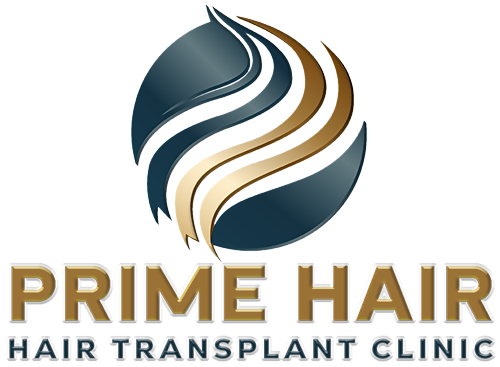Tag follicular unit transplantation
9 Mar
What are Eyebrow Transplants?
What is an Eyebrow Transplant? An eyebrow transplant is a cosmetic procedure that involves the transplantation of hair follicles from one area of the body to the eyebrows. The procedure is primarily designed for individuals who have lost their eyebrow hair due to various reasons like alopecia, over-plucking, or injury. Eyebrow transplants are growing in […]
READ MORE19 Apr
5 Reasons to Get a Hair Transplant
Do you suffer from male pattern baldness? Is the top of your head starting to thin? You don’t have to embrace the baldness or settle for solutions that don’t really work. FUT or follicular unit transplantation is one of the most effective hair restoration techniques available today. Here are 5 reasons you should consider a […]
READ MORE28 Feb
FUT vs. FUE
If you are like most men who are ready for a hair transplant, then inevitably the question comes up: Which type of surgery is better for me? This dilemma is not a decision to be glossed over as there are essential individual factors which can make a substantial difference in tipping the scales towards one […]
READ MORE5 Feb
What Are the Different Types of Hair Transplants?
Hair restoration today is a different story than it was fifty years ago – gone are the days of hair plugs! Technology and medical advancements have come a long way; Prescription medication has yielded compelling results, many preventative serums have been developed, most of them accompanied by inconclusive results. Surgical hair restoration is the most […]
READ MORE31 Jan
5 Celebrities Who Have Had Hair Restoration Surgery
The celebrities are just like us! It would seem that male pattern baldness has no respect for age or social status. If you’re on the fence about getting hair restoration surgery in Calgary, consider the experiences of these 5 celebrities. Life Changing Hair Transplant James Nesbitt is a 47-year-old actor. Like many […]
READ MORE
Our variety of services are customized to each individual. Decades of experience has allowed us to perfect our techniques, priding ourselves on effective and lasting results. We take the time to get to know your needs and stay on track with your goals. Contact us today and experience the Prime Hair difference
Office Hours
Clinic Hours
Monday – Thursday: 9am to 4pm
Friday – Sunday: CLOSED
For appointments outside business hours, please contact for more information.
Quick Contacts
- Phone : 403-255-6547
- 1011 Glenmore Trail SW #220, Calgary, AB T2V 4R6
Visit Us
Contact Us Today
In-person or Online Consultations Available
Our variety of services are customized to each individual. Decades of experience has allowed us to perfect our techniques, priding ourselves on effective and lasting results. We take the time to get to know your needs and stay on track with your goals. Contact us today and experience the Prime Hair difference
Office Hours
Monday – Thursday: 9am to 4pm
Friday – Sunday: CLOSED
Some appointments may be booked outside office hours, please contact us for more
information.
Quick Contacts
- Phone : 403-259-6798
- FAX : 403-255-6547
- 110, 37 Quarry Park Blvd SE Calgary, AB T2C 5H9






